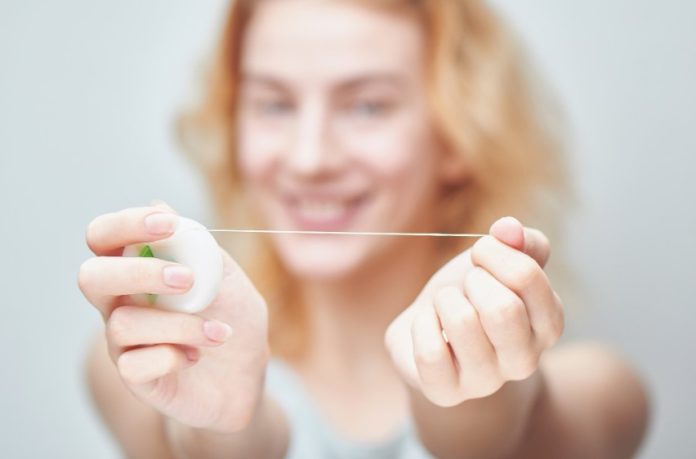About 58% of Americans don’t floss because they think it’s unnecessary, too difficult, or a waste of time. But if you’re one of these people who consider flossing a waste of time, you need to reconsider.
Not flossing has several serious, long-term health implications, many of which can lead to cavities, infections, and bleeding gums.
The good news is that it’s never too late to start. Even if you’re a complete beginner at flossing, you can still pick it up and learn how to do it correctly.
Want to know how to floss correctly? Keep reading for a step-by-step guide.
Relax Your Lips and Cheeks
Flossing is an immensely important part of oral hygiene that can improve your smile. When starting to floss, you should take a few moments to relax your facial muscles and adequately position your lips and cheeks.
Begin by taking a few deep breaths and then resting your lips around the floss before lightly pulling back the corners of your mouth to relax your cheeks. Once your lips and cheeks are in the correct position, you can gently guide the floss between your teeth.
To avoid hurting your gum tissue, take your time and make sure to use a gentle saw-like motion. When you’re finished, gently bring your lips and cheeks back to their original positions.
Use The Correct Technique
When flossing, it is important to use the correct technique in order to remove plaque from between the teeth and keep your gums healthy.
Take an 18- to 24-inch long piece of floss and wrap most of it around one middle finger. Wrap the rest around the same finger of the other hand.
Grasp the floss tautly between your thumbs and index fingers. Gently slide the floss between your teeth, taking care not to snap it against the gums.
Scrape the floss up and down against the tooth, getting as much plaque as possible. Unwind the used floss from one finger and wind it around the other, using a clean portion. Repeat until all your teeth have been flossed.
Cosmetic dentistry can help to ensure that your teeth remain healthy and keep your cosmetic dentistry in pristine condition, it is essential to floss correctly. Visit cosmetic dentistry near me and have your mouth checked regularly.
Tools to Make Flossing Easier
Flossing correctly can be a difficult task for some, but with the right tools and instructions, it can be an easy and healthy habit to get into. To make flossing easier, you’ll need the right tools.
Use a floss holder around your finger to maintain the floss in place. This will help you reach the back teeth more comfortably.
For hard-to-reach areas, use a floss pick, which allows you to have easier access to those areas. Floss picks have a built-in handle, floss, and a pick on the side, which aids in removing larger food particles.
Lastly, after you’re finished flossing, rinse your mouth with water, and be sure to discard used floss and store any unused floss.
Best Ways How to Floss
Overall, knowing how to floss correctly is key to optimizing your dental health. Regular flossing can remove plaque and prevent cavities.
Take the time to research tips and tricks to master the proper technique and make it part of your daily routine. Try committing to flossing today, and your teeth will thank you later!
Did you find this article helpful? Check out the rest of our blog for more tips!


